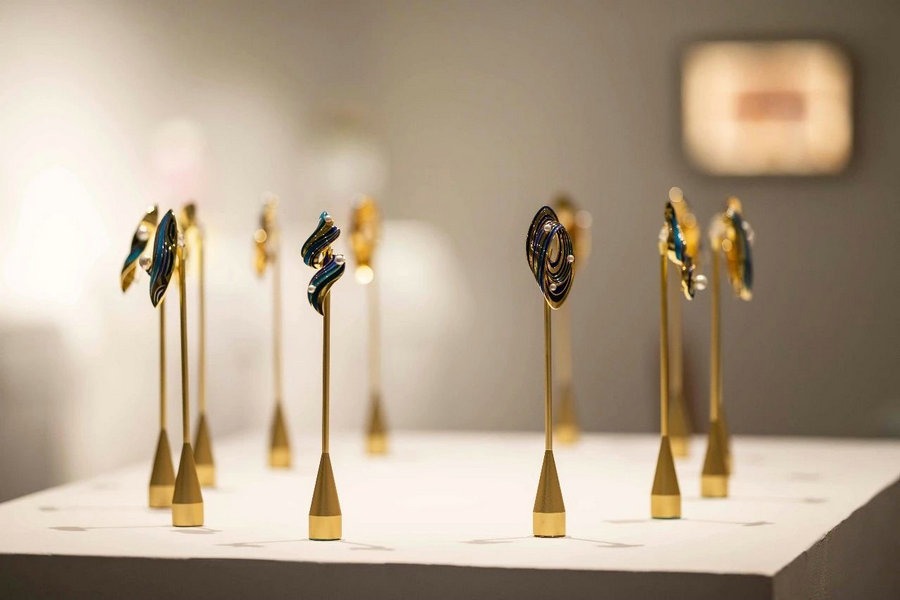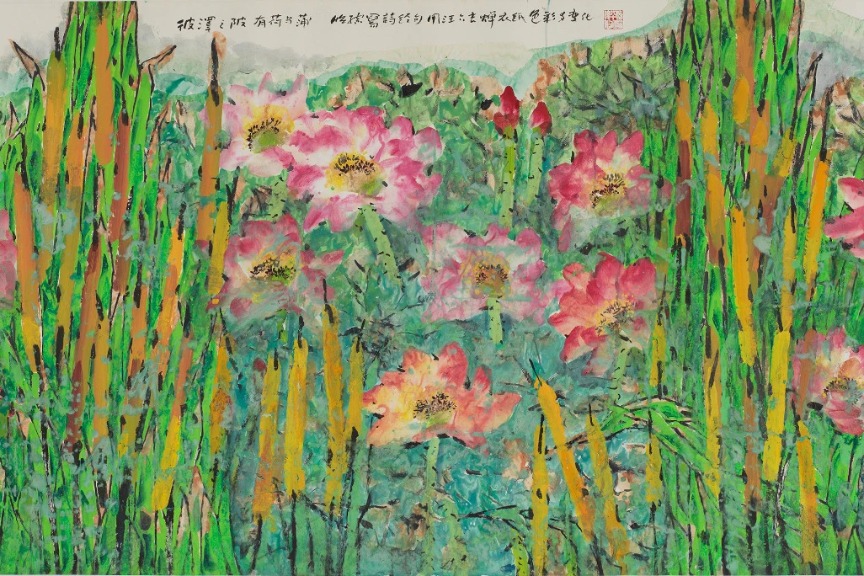Global cultural diversity on display


The Chengdu festival, as well as the establishment of the international intangible cultural heritage training center in Beijing for UNESCO's Asia-Pacific members, are part of China's positive contributions to the Capacity Building Strategy for World Heritage that is at the core of the sustainable implementation of the convention, Wang says.
Since the 18th National Congress of the Communist Party of China, work in preserving intangible cultural heritage has made significant progress.
"The level of intangible cultural heritage protection has continuously improved, the protection mechanisms have been established, and the role of intangible cultural heritage protection has become increasingly significant in promoting traditional Chinese culture and facilitating high-quality economic and social development," Wang says.
In 2011, the Intangible Cultural Heritage Law of the People's Republic of China was enacted and came into force, and provinces, autonomous regions, and municipalities across the country subsequently introduced regulations.
In 2021, the general offices of the Central Committee of the Communist Party of China and the State Council, China's Cabinet, released the Opinions on Further Enhancement of Protection of Intangible Cultural Heritage, which set clear goals and tasks for intangible cultural heritage protection in the new era.
"Administrative regulations and methods for recognizing and managing representative intangible cultural heritage projects and inheritors, as well as regulations for managing cultural ecology protection areas, have continued to improve," Wang says.
"The institutionalization and legal framework of intangible cultural heritage protection work have consistently progressed," he adds.
So far, the country has recognized around 100,000 intangible cultural heritages, including some 1,500 at national level, as well as 90,000 inheritors, including 3,000 national ones.
National-level cultural and ecological protection experimental zones have been established across the country, with the central government having allocated a cumulative total of 10.5 billion yuan ($1.44 billion) for national-level intangible cultural heritage protection, Wang says.
Moreover, academic programs and disciplines at around 20 universities have been set up to promote theoretical research and academic discipline development in the field.





































